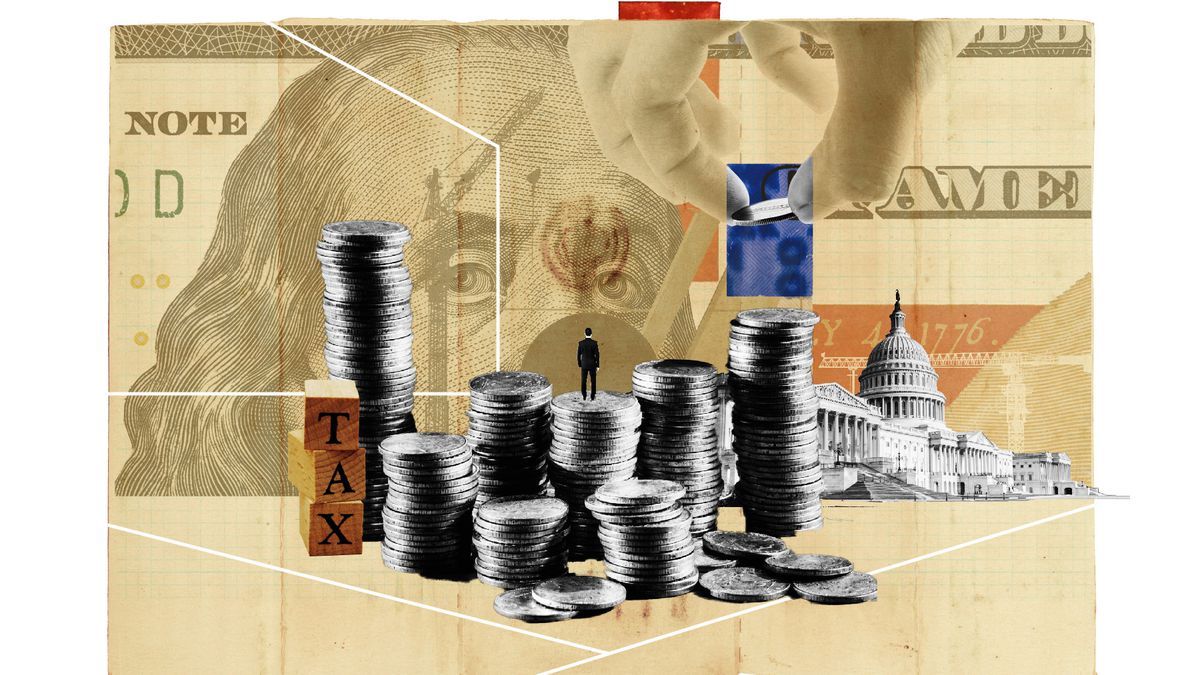Among the set of structural challenges that Pakistan faces, the circular debt crisis is one that stands out both for its complexity and for its near-exclusiveness to the Pakistani context. The circular debt problem is one that is neither universally understood nor fully explainable by economics or energy sciences alone – there is a deep social and political malaise behind it.
Fundamentally, a blame game and system of fiscal inefficiency (with shortage of liquidity) flows between national stakeholders which results in a vicious cycle that affects the capacity of the power supply chain that in turn casts a negative influence on market stability by derailing the uniform supply of electricity. As such, it is important not to blame any single government for the problem but rather for us to instead develop a comprehensive understanding of the various moving parts and then build a framework within which meaningful reforms can be undertaken.
Despite the gravity and dire consequences of circular debt, the issue has not received its due weightage. The term “circular debt,” which was popularized after 2008, bestrides a set of intertwined phenomena: regulatory, technical, legal, governance; ignorance regarding the utilization of natural resources; and finally corruption. The components of circular debt, in terms of the magnitude of their contribution, constitute various elements: unpaid bills, unpaid government subsidies, receivables of distribution company (DISCO’s), tax refund-related issues, and transmission and distribution (T&D) losses.
This is compounded by the influence of (1) the shift from low-cost generation to high-cost generation, and (2) a sharp devaluation of Pakistan’s currency. As of 2008, the era of the Pakistan Peoples Party (PPP), the circular debt was calculated to be PKR108 billion. The subsequent government of the Pakistan Muslim League (PML-N) was handed a circular debt of PKR. 500 billion. Today, some estimates put the figure at over PKR 1 trillion.
To confront the circular debt issue, the government’s articulated policy has been “to reduce, limit to a certain amount which would be reduced over time, and eliminate the causes” of circular debt. From the current status of circular debt with administration lagging behind in the achievement of its targets as per the IMF program, we can infer that there is an absence of redressal mechanism at the policy, regulatory and implementation level which bears doubt on institutional efficiency and capacity.
One very important factor that complicates our understanding of the problem is the unavailability of consolidated data, in that various sources provide differing accounts. According to evidence provided by the Senate Committee on Circular Debt, the numbers with regard to circular debt – as presented by the Ministry of Energy (MOE) during committee meetings – did not match with CPPA audited balance sheet nor NEPRA’s State of Industry reports.
As per the World Bank evaluation, the total cost of load shedding to Pakistan’s economy was $1.5B per annum which was 2-3% of Pakistan’s GDP. A total of 400,000 (formal sector) jobs were lost along with a loss in exports of $1B. This is something that adds to the gravity of the situation. Keeping in view the overall picture of circular debt, it is worth reiterating that there is no single culprit. Indeed, the rising level of circular debt can be attributed to a wider collective of stakeholders.
For example, a lack of collaboration between OGRA (Oil and Gas Regulatory Authority) and NEPRA results in fluctuating prices of electricity and gas at the national level. OGRA is responsible for regulating the oil and gas price, while NEPRA’s ambit is limited to determination of tariffs. This division within the regulatory bodies does not allow both the regulators to have a complete picture to determine pricing.
Other than these technical and non-technical variables, Pakistan has equally failed to utilize its natural resource endowments in an adequate manner. Instead of relying on renewable energy resources, Pakistan’s energy mix is still largely derived from non-renewable elements. This has resulted in a high jump in electricity prices as well as serious repercussions for the environment.
The policies initiated by the new government in light of its dream for a ‘Naya Pakistan’ depend not just on a concerted implementation effort, but also calls for collective responsibility on the part of its citizens, as well as its institutions.
A strong argument has been presented for tackling the challenge of circular debt through an Integrated Energy Planning (IEP) framework. Examples of successful IEP’s include the Czech Republic, Hungary, Indonesia, Kazakhstan, Malaysia, Poland, Russia, Thailand, Turkey, and Vietnam. Two of these countries, Turkey and Kazakhstan, with integrated line ministries and successfully implemented policies, are good models for Pakistan to follow.
An IEP can serve as a primary tool to frame a common vision for the energy sector. In terms of its use as a conflict resolution tool, it can also serve to bring federal and provincial entities on one page, in terms of discussing a range of feasible options to develop an implementable energy strategy that is mutually acceptable.
As such, for Pakistan to achieve the goal of sustainable economic growth and poverty reduction, the national stakeholders must focus on tools and means to provide reliable, efficient, and affordable energy prices to their consumers. For this purpose, the whole value chain of the electricity system should be well integrated, receptive and efficient in a way that fosters sustainable development.
Lastly, whatever the framed approach that is adopted, it should be flexible enough to accommodate the best energy-efficient practices, which use available alternatives, with the wider best interests of the nation in mind.
Amna Tauhidi is a researcher at the Centre for Aerospace and Security Studies (CASS), and Dr. Usman W. Chohan is the Director for Economics & National Affairs at CASS. Both can be reached at [email protected]. This article was first published at dailytimes.com.pk.





